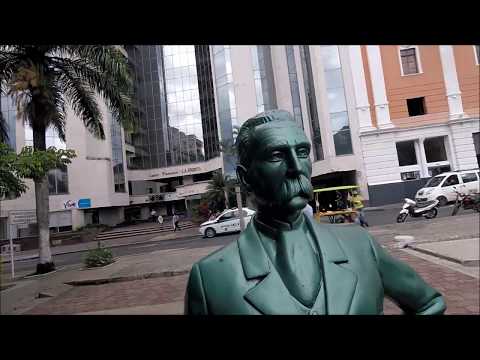
Nestled in the heart of Colombia’s southwestern region, Santiago de Cali, commonly known as Cali, stands as a testament to resilience, culture, and the vibrant spirit of its people. As the third-largest city in Colombia, Cali offers a unique blend of historical richness, cultural diversity, and modern urban landscapes that beckon travelers from around the globe. From its early indigenous roots to its pivotal role in Colombia’s history and development, Cali presents a fascinating journey through time complemented by its energetic city life.
#### Historical Overview
Founded on July 25, 1536, by Spanish colonizer Sebastián de Belalcázar, Cali is one of the oldest cities in the Americas. Initially inhabited by indigenous tribes such as the Calima, the area became a strategic location during colonial times due to its proximity to the Pacific coast and its role in agriculture and mining. Throughout the centuries, Cali has witnessed significant historical events that have shaped not only its destiny but also that of Colombia.
The city played a crucial role in Colombia’s push for independence from Spanish rule. It was part of the routes used by liberators Simón Bolívar and Antonio José de Sucre. In more recent history, Cali has overcome periods of social unrest and has transformed challenges into opportunities for growth and improvement.
#### Cultural Tapestry
Cali is widely recognized as Colombia’s capital of salsa dancing. The city pulses with rhythms originating from a mix of African, Indigenous American, and European influences. This cultural phenomenon is celebrated annually at events such as the Feria de Cali (Cali Fair), held each December with parades, concerts, salsa contests, and bullfighting. Dance schools abound offering visitors an opportunity to learn this passionate dance form right from its heartland.
Apart from music and dance, Cali boasts a rich gastronomic scene that reflects both traditional Colombian flavors and innovative culinary fusion. Dishes like “cholado” (a local fruit cocktail), “empanadas”, “tamales”, or “pandebono” (cheese bread) are must-tries for any visitor.
#### Architectural Highlights
Cali’s architecture is an eclectic blend where colonial buildings meet modernist designs. The historic neighborhood San Antonio offers picturesque streets lined with colonial churches such as La Ermita Church—a neo-Gothic marvel rebuilt after an earthquake in 1925—and quaint artisan shops. The San Antonio hill provides breathtaking views of the cityscape against lush landscapes that define this region.
Modern structures like El Gato del Río—a prominent sculpture series featuring cats along the river—contrast with historic elements showcasing how contemporary art movements influence public spaces.
#### Nature’s Haven
Beyond urban charms lie abundant natural reserves such as Farallones de Cali National Park located just outside the city limits. This park provides outdoor enthusiasts with opportunities for hiking through cloud forests and spotting diverse wildlife including birds endemic to this Andean region.
#### Contemporary Developments
Today’s Cali remains a dynamic center for commerce within Colombia thanks to improvements in infrastructure like MIO (Mass Integrated System), which improved public transport significantly. Educational institutions such as Universidad del Valle also make it an important hub for academic pursuits in South America.
For any traveler eager to explore Colombian culture intimately while enjoying modern amenities amidst historical grandeur—Cali is a destination waiting to be discovered!
In conclusion, whether you’re swaying to salsa rhythms during tropical nights or exploring remnants of ancient civilizations by day—Cali offers an enriching blend that captures both spirit and history splendidly intertwined within this lively Colombian city.
